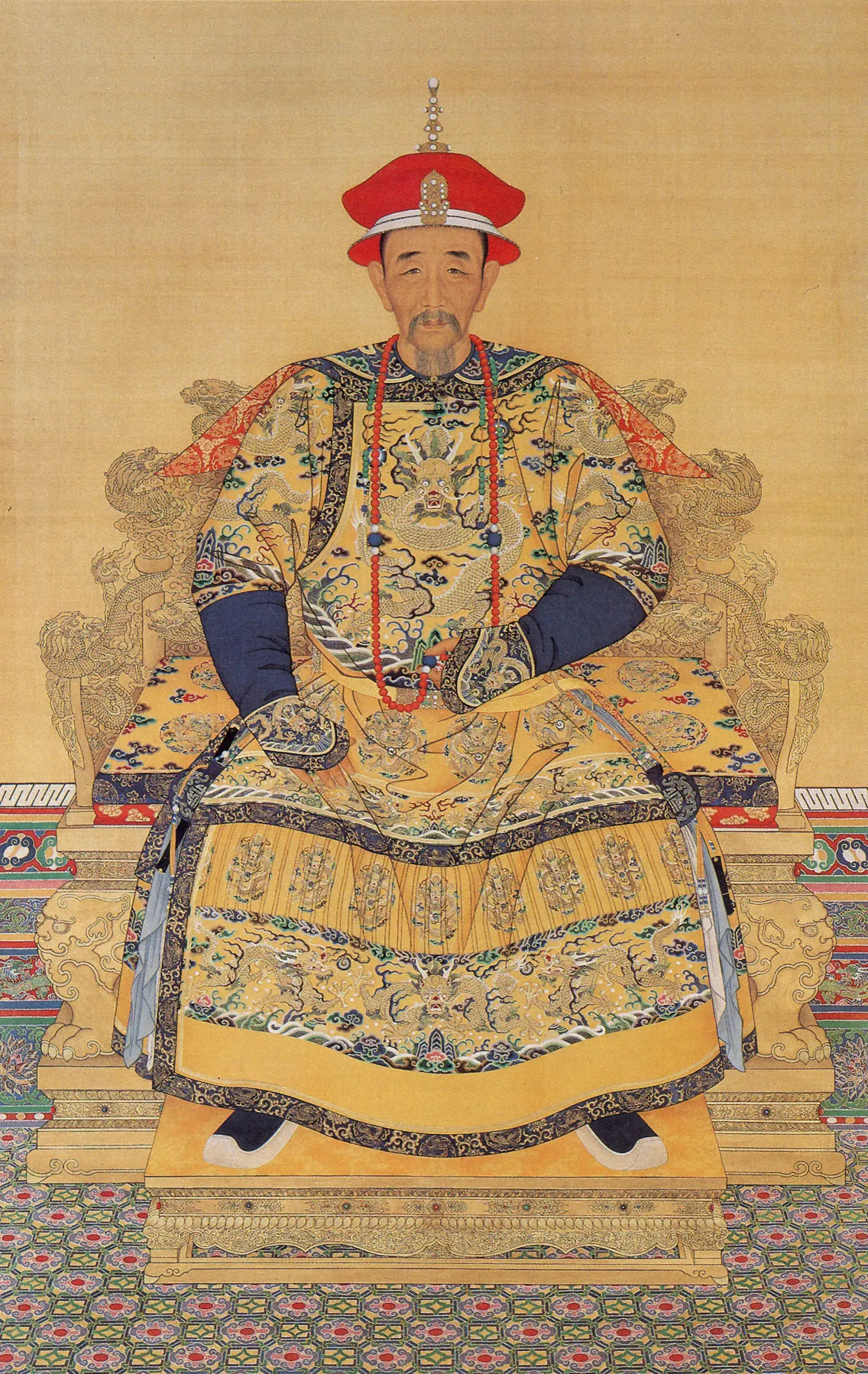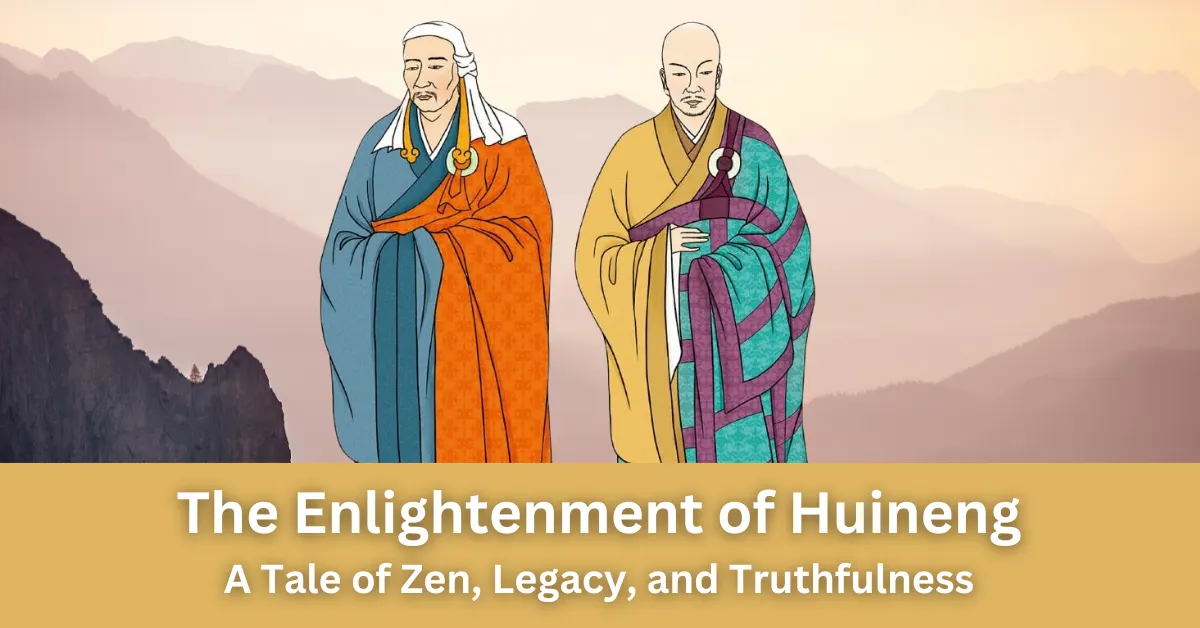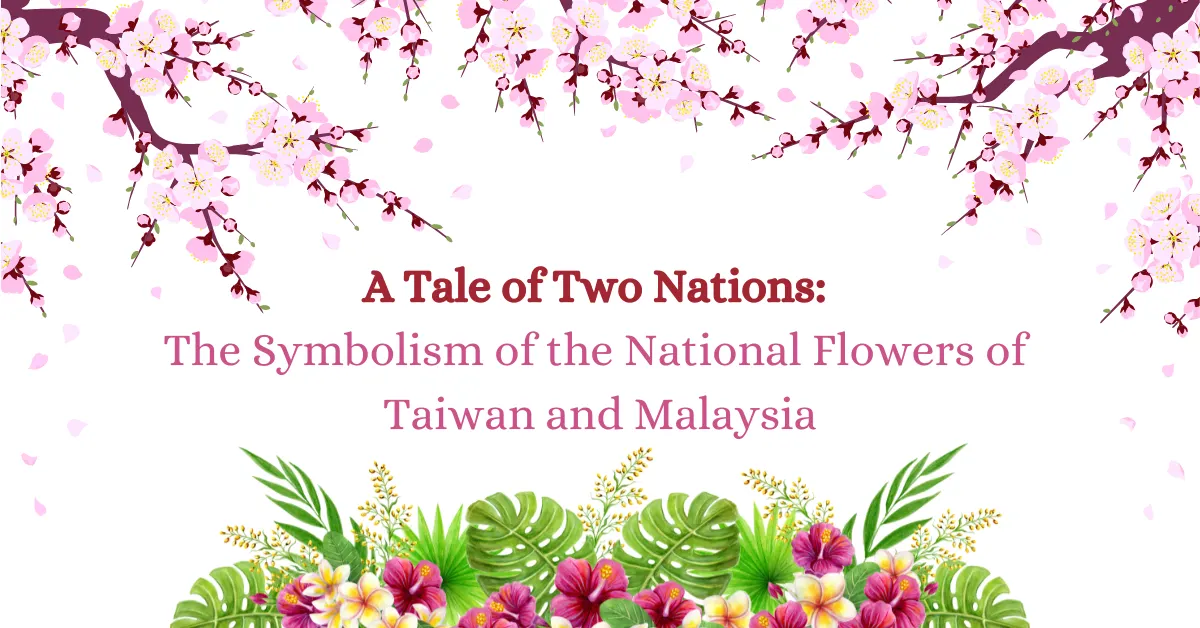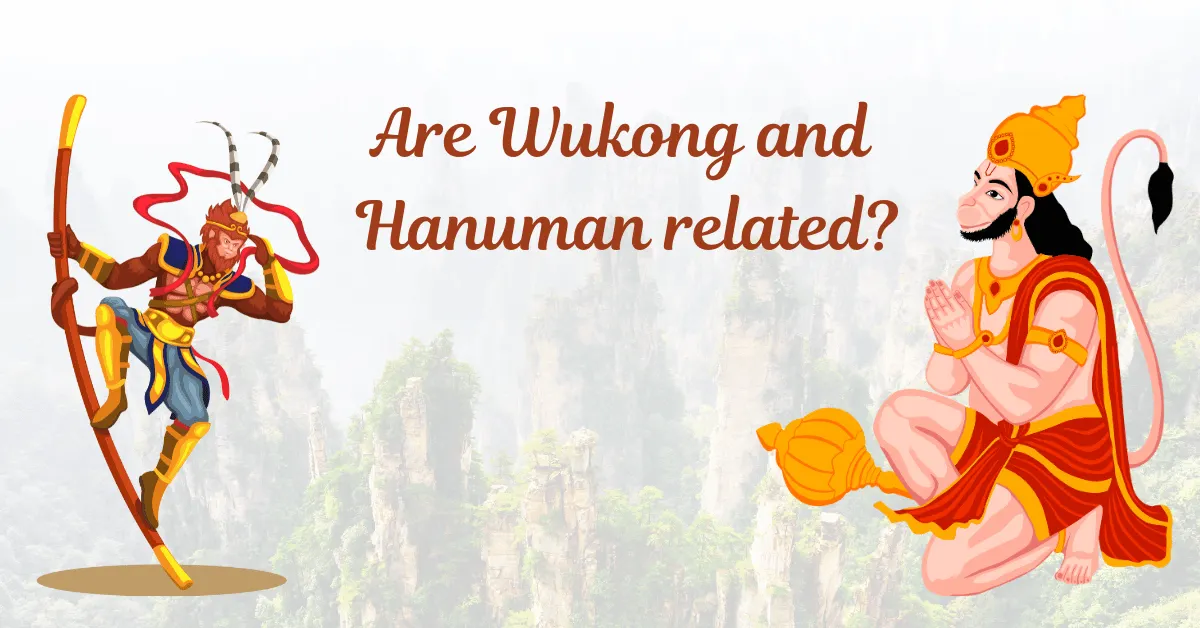The Glory of the Qing Dynasty: Distinguished Emperors and Their Enduring Legacy
The Glory of the Qing Dynasty: Distinguished Emperors and Their Enduring Legacy

The Qing Dynasty (1644–1912) represents the last imperial dynasty of China, marked by significant territorial expansion, cultural richness, and complex interactions with the West. Founded by the Manchu people, the Qing Dynasty brought about a unique era in Chinese history characterized by both prosperity and challenges. This article explores the glory of the Qing Dynasty by examining the lives and achievements of its most distinguished emperors.
- Emperor Kangxi (Kangxi Emperor)

Emperor Kangxi, who reigned from 1661 to 1722, is one of the most celebrated emperors of the Qing Dynasty and is often regarded as one of China's greatest rulers.
Courage and Strategic Intelligence: Despite his young age, Kangxi displayed extraordinary courage and tactical brilliance in dealing with Aobai, a tyrannical general who sought to dominate the imperial court. He quietly observed Aobai’s overreach, gathered loyal retainers, and waited for the right moment to strike. His planning and decisive actions at just 14 years old showed not only his personal bravery but also his deep understanding of power dynamics.
Commitment to Rule and Stability: Once he solidified his rule by defeating Aobai, Kangxi dedicated himself to restoring order and stabilizing the empire. He managed internal rebellions, expanded China’s borders, and consolidated Qing rule across a vast territory. His reign brought peace and unity, as he worked tirelessly to ensure the prosperity and strength of the dynasty.
Passion for Learning and Cultural Advancement: Kangxi’s reign was marked by a lifelong passion for education and intellectual growth. He pursued knowledge in various fields, from ancient Chinese teachings to the sciences, and he promoted advancements in geography, mathematics, and the arts. His love for learning led to the creation of important works like the Kangxi Dictionary, making him not just a warrior emperor but a patron of culture and enlightenment.
- Emperor Qianlong (Qianlong Emperor)

Emperor Qianlong, who reigned from 1735 to 1796, was known for his long and prosperous reign, which oversaw the peak of Qing power and cultural achievement.
Passionate Scholar and Artist: Emperor Qianlong’s life was intricately woven with literature, calligraphy, and painting, which were not only pastimes but a reflection of his intellectual depth and artistic sensibilities. His output of over 38,000 poems and countless calligraphy pieces showed his dedication to preserving Chinese culture and aesthetics. His calligraphy often mirrored the elegance of the Tang and Song masters, particularly his fondness for Dong Qichang's style. His meticulous attention to his art reveals an emperor who took pride in intellectual pursuits and sought to leave a cultural legacy.
Cultural Curator and Historian: Qianlong’s deep respect for Chinese art and history is evident in his actions as a curator of the imperial collection. He was instrumental in creating the "Three Rarities" (三希堂法帖) project, where precious calligraphy from past dynasties was meticulously preserved, compiled, and published for future generations. His ability to immerse himself in the essence of each art piece while traveling, and his ritualistic engagement with them during leisure, showed his reverence for historical continuity and his role in fostering national identity through culture.
Philosophical Depth and Inner Reflection: Qianlong's life as an emperor was steeped in not just political governance but also in personal reflection. His calligraphy of Zhang Zai's Dong Ming reflected his focus on inner virtue and self-restraint. He was a ruler who valued introspection, constantly using art and philosophy to express deeper thoughts about life, morality, and governance. His connection to these ancient texts reveals his quest for wisdom beyond political power, demonstrating a man grounded in the principles of integrity, humility, and sincerity.
A Lasting Legacy
The Qing Dynasty was marked by the leadership of distinguished emperors such as Kangxi and Qianlong, whose contributions shaped the course of Chinese history. Their efforts in governance, cultural patronage, and military expansion established a unique legacy that continues to influence Chinese society today. The glory of the Qing Dynasty represents a complex era of cultural richness, territorial expansion, and challenges that defined the last imperial chapter in Chinese history. Through their legacies, the Qing Dynasty serves as a reminder of the intricate interplay between tradition and modernity that characterizes China's historical journey.
The noble golden hue and the deep green of jade seem to transport one back to the scene of Shen Yun's performance of "The Qing Dynasty Princesses": amidst the resplendent coiled dragon pillars, the Manchu princesses tread on flowerpot shoes, adorned with large "wings" on their heads, their every step as graceful as lotus blooms, exuding elegance and poise.
"建極綏猷" (Jiàn jí suí yóu) is the inscribed plaque personally written by Emperor Qianlong on the Hall of Supreme Harmony. This phrase is derived from the ancient text "Shangshu", signifying the emperor's sacred duty to uphold the mandate of Heaven and care for the people. Only by following the divine way could the emperor truly be worthy of ruling the nation. Shen Yun Collections' silk art "Manchurian Elegance" features the four characters "建極綏猷", serving as a daily reminder of leadership rooted in divine principles and care for the people—a message that resonates with Malaysians, emphasizing the importance of harmony and responsibility in guiding a nation, just like the first national principle (Rukun Negara) of Malaysia - "Belief in God".
Global Renaissance Collections is the authorised distributor of Shen Yun Collections in Malaysia.
Reference: Shen Yun's performances often reflect traditional Chinese culture and history, bringing ancient wisdom and artistic expressions to life. This particular description highlights the grandeur and historical context behind the presentation of the Qing Dynasty, including Emperor Qianlong's inscription and the symbolic meaning of "建極綏猷".




















































